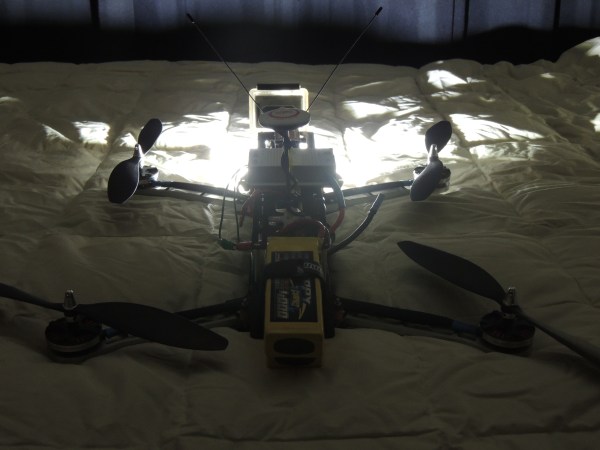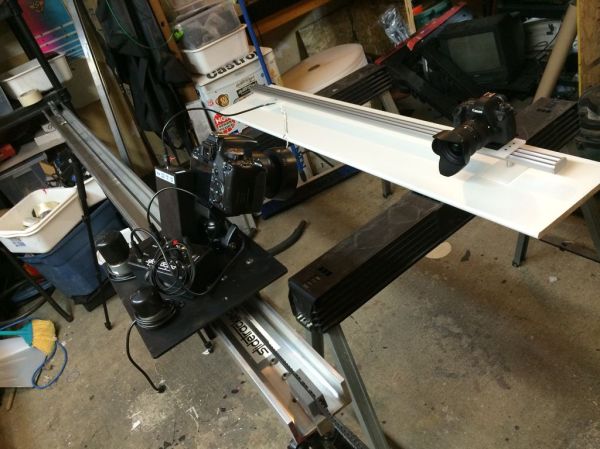Your car’s tire is losing air from the valve stem — what do you do? Well you could take it to the mechanic and pay upwards of $30 to replace it… or you could try this MacGyver style approach!
Not wanting to take his car to the shop, [David] tried several ways of knocking the tire off its bead. Hitting it with a sledge hammer… Jumping on it… throwing it against the ground… In the end, he realized leverage would be his friend! He’s constructed a tool out of a few pieces of wood — simply place it on the tire near the valve stem, and then drive up the wood with your car. The weight of the car easily compresses the tire leaving you just enough room to pull the tire valve stem out, and put a new one in.
It’s pretty much the same method shops use, they just have a machine to do it for them — because of this, so we don’t think this would hurt your tire. As always though, we’d love to hear what you guys think in the comments! Stick around for the video to see [David’s] process.
Continue reading “Replacing A Tire Valve Stem Without Special Tools!”

















